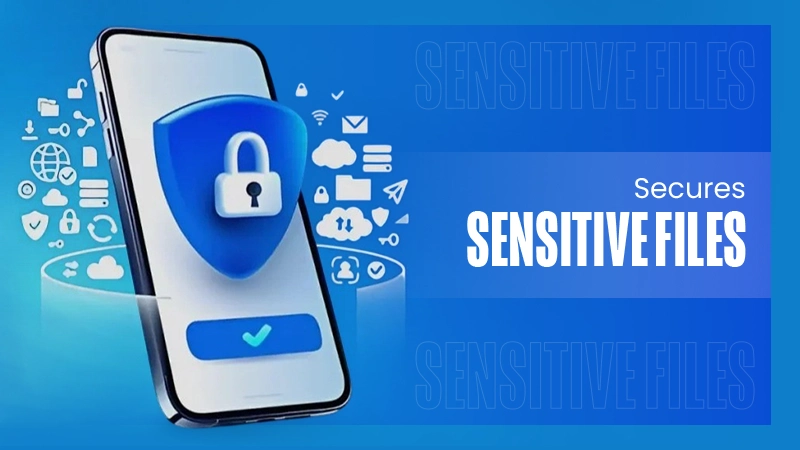In today’s software-driven, rapid world, companies (ranging in scale, from start-ups to federal government agencies) have to deal with hundreds, perhaps thousands, of different software licenses. These licenses involve the right to consume applications, tools, and services that are important in everyday operation. However, the issue is that most of these licenses lie unutilized, underutilized, or forgotten altogether. The Doge Software Licenses Audit HUD is an innovative approach to solving that problem. It is a combination of automated scanning, real-time analytics, and visual dashboards to support teams in the real-time impression of license utilization and areas of license waste to remove.
This guide decomposes what the Doge HUD entails, its functionality, its relevance, and how it could revolutionize the manner in which you manage your software compliance and consumption.
What Is the Doge Software Licenses Audit HUD?
Consider the Doge HUD (Heads-Up Display) your software license mission control. Rather than being left digging through spreadsheets, contracts, and emails trying to determine who is using what, HUD provides a live, full picture of your software licensing landscape.
Key functions include:
- License Inventory Mapping – See all active licenses in one place.
- Usage Monitoring – Identify licenses that haven’t been accessed in days, months, or ever.
- Compliance Checks – Detect licenses with terms that may conflict with internal or legal policies.
- Cost Visibility – Track what each license is costing your organization and whether it’s worth it.
The “Doge” name originated from an internal efficiency initiative focused on cutting waste and making technology usage more transparent.
Why Software License Auditing Is Critical
1. Eliminating Waste
Unused licenses are like paying rent for an empty building—you’re spending money without getting value. In some organizations, up to 30% of software spend is wasted on licenses that no one touches. The Doge Software Licenses Audit HUD helps identify these unused assets quickly so they can be reallocated or cancelled.
2. Ensuring Compliance
Software licensing isn’t just about access; it’s about legal rights. Non-compliance can lead to lawsuits, fines, and even product bans. A HUD makes it easier to identify risky licenses before they become a problem. The Doge Software Licenses Audit HUD streamlines compliance by flagging risky or unapproved licenses before they become a problem.
3. Improving IT Efficiency
IT teams spend countless hours responding to “Do we have a license for this?” questions. With a live audit dashboard, the answer is just a click away.
How the Doge HUD Works?
Step 1: Data Collection
The system integrates with your existing tools—Active Directory, SaaS platforms, procurement systems, and more—to pull in all license records.
Step 2: Real-Time Monitoring
The HUD continuously monitors license usage. If a license hasn’t been used in 90 days, it’s flagged for review.
Step 3: Policy Matching
Custom rules can be set to flag licenses with terms your organization doesn’t allow—like certain open-source licenses in proprietary products.
Step 4: Visual Reporting
Instead of raw numbers, you see charts, color-coded alerts, and trends that make it easy to prioritize actions.
Step 5: Cost Optimization Recommendations
The HUD suggests which licenses to downgrade, reassign, or cancel, and estimates potential savings.
Features That Set the Doge HUD Apart
| Feature | Why It Matters |
| Live License Map | Gives IT and finance teams a single source of truth for license status. |
| User-Level Insights | Shows exactly who is using which license and how often. |
| Automated Alerts | Flags unused or soon-to-expire licenses before renewal deadlines. |
| Compliance Risk Scoring | Rates licenses on potential legal or security risks. |
| Historical Trends | Tracks license usage over time to inform future buying decisions. |
| Budget Integration | Links license costs to departmental budgets for accountability. |
Real-World Example: Cutting Costs at Scale
Imagine a government agency with 5,000 employees and over 20,000 software licenses. Without an audit tool, they renew contracts annually without checking usage.
With the Doge HUD, they discover:
- 8,000 licenses have been unused for over six months.
- Several tools have overlapping functionality, meaning they’re paying twice for the same capabilities.
- One department is using licenses under a different name than the contracted one, creating compliance risk.
By acting on this data, they cut licensing costs by $3.2 million in a single year.
Benefits of Using the Doge Software Licenses Audit HUD
1. Immediate Cost Savings
Unused licenses can be cancelled or reassigned instantly.
2. Better Contract Negotiations
Accurate usage data gives you leverage to negotiate better terms with vendors.
3. Reduced Compliance Risk
Real-time alerts mean you can address potential violations before they escalate.
4. Smarter Resource Allocation
Licenses are assigned to people who actually need them, improving productivity.
5. Data-Driven Decisions
No more guesswork—procurement decisions are based on hard numbers.
Best Practices for Implementing a License Audit HUD
- Set Clear Goals – Decide if your main priority is cost savings, compliance, or both.
- Engage Stakeholders Early – Involve IT, finance, procurement, and legal teams from the start.
- Define Audit Frequency – Quarterly reviews work for most organizations, but high-growth teams may need monthly checks.
- Automate Where Possible – The less manual work, the better your data accuracy.
- Document All Changes – Keep an audit trail for compliance and accountability.
Future of License Auditing
License audits are moving from annual, reactive events to continuous, proactive monitoring. In the future, tools like the Doge HUD may also:
- Use AI to predict license needs before contracts renew.
- Integrate directly with vendor APIs for real-time billing adjustments.
- Provide environmental impact reports, showing how digital efficiency reduces carbon footprints.
Also Read: https://techybrain.net/demainmail/
Conclusion
The Doge Software Licenses Audit HUD is more than a tool—it’s a strategic advantage. It enables organizations to reduce waste, minimize risk, and smart-source their software investment by offering real-time visibility and automated compliance checks, and actionable recommendations to maximize cost savings and optimization.
Regardless of whether you are in charge of a small business technology stack or thousands of licenses within a federal agency, a HUD-based license audit process can be one of the quickest ways to increase efficiency and save your bottom line.
FAQs – Doge Software Licenses Audit HUD
Q1: Is the Doge HUD only for large organizations?
No, it can benefit small businesses by preventing overspending on unused SaaS subscriptions.
Q2: Does it work with open-source licenses?
Yes, it can scan for open-source components and flag potential conflicts with proprietary policies.
Q3: How quickly can it start showing results?
Many organizations see savings in the first 30 days of use.
Q4: Is it a cloud-based or on-premises solution?
It’s available in both models depending on your security requirements.
Q5: Can it help with vendor audits?
Absolutely. The HUD’s audit reports make it easy to respond to vendor inquiries with accurate, up-to-date data.










